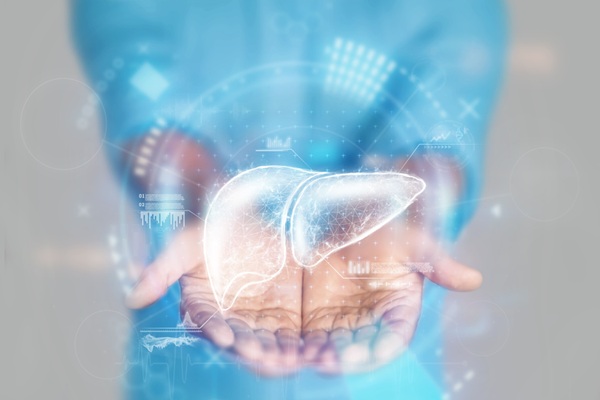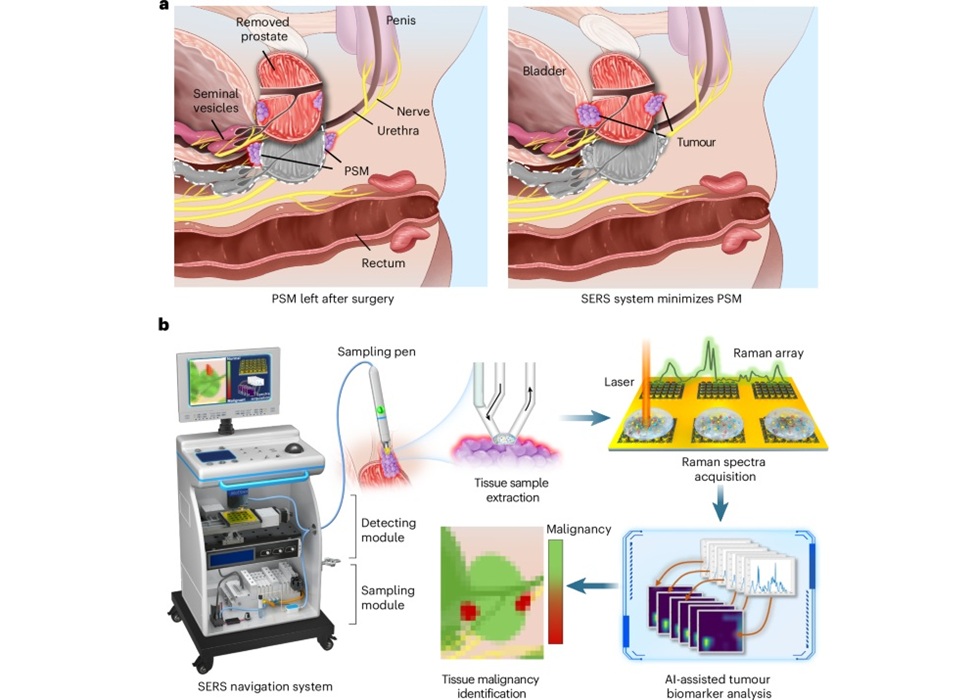Stroke Recovery Device Facilitates Muscle Reeducation
|
By HospiMedica International staff writers Posted on 06 May 2021 |

Image: The IpsiHand system uses the brain to rehabilitate arm movement (Photo courtesy of Neurolutions)
A brain-computer-interface (BCI) system assists functional rehabilitation in stroke patients with upper extremity disability.
The Neurolutions (Santa Cruz, CA, USA) IpsiHand system is designed to leverage the uninjured (ipsilateral) side of the brain to improve arm and hand function by harnessing BCI. The system includes a lightweight, adjustable, battery-powered, robotic exoskeleton that physically opens and closes the patient's hand in response to the patient's thoughts; a wireless electroencephalography (EEG) biometric headset that measure the patient's brain signals; and a tablet application that guides the patient through the therapy session and provides for seamless upload of usage and performance data to the cloud.
IpsiHand uses non-invasive EEG electrodes--instead of an implanted electrode or other invasive feature--to record brain activity. EEG data is then wirelessly conveyed to the tablet for to determine the patient's intent to move their affected hand, and analysis of the intended movement. These signals are translated into motor movement signals of the robotic skeleton hand brace, resulting in opening and closing of the impaired hand, wrist, and arm, helping stroke patients improve grasping. The device should not be used by patients with severe spasticity or rigid contractures that can prevent the electronic hand brace from being properly fit or positioned.
“A person whose left hand and arm are paralyzed has sustained damage to the motor areas on the right side of the brain. But the left side of the person’s brain is frequently intact,” said neurosurgeon Eric Leuthardt, MD, founder and chief scientific officer of Neurolutions. “The idea is that if you can couple those motor signals that are associated with moving the same-sided limb with the actual movements of the hand, new connections will be made in your brain that allow the uninjured areas of your brain to take over control of the paralyzed hand.”
Although stroke occurs in the brain, it affects the entire body and can cause long-term disability, such as complete paralysis of one side of the body (hemiplegia) or one-sided weakness (hemiparesis). Stroke survivors may have problems with the simplest of daily activities, including speaking, walking, dressing, eating, and using the bathroom. Intensive, repeated, and long-term rehabilitation training are critical for enhancing the physical mobility of stroke patients, helping to alleviate post-stroke symptoms.
Related Links:
Neurolutions
The Neurolutions (Santa Cruz, CA, USA) IpsiHand system is designed to leverage the uninjured (ipsilateral) side of the brain to improve arm and hand function by harnessing BCI. The system includes a lightweight, adjustable, battery-powered, robotic exoskeleton that physically opens and closes the patient's hand in response to the patient's thoughts; a wireless electroencephalography (EEG) biometric headset that measure the patient's brain signals; and a tablet application that guides the patient through the therapy session and provides for seamless upload of usage and performance data to the cloud.
IpsiHand uses non-invasive EEG electrodes--instead of an implanted electrode or other invasive feature--to record brain activity. EEG data is then wirelessly conveyed to the tablet for to determine the patient's intent to move their affected hand, and analysis of the intended movement. These signals are translated into motor movement signals of the robotic skeleton hand brace, resulting in opening and closing of the impaired hand, wrist, and arm, helping stroke patients improve grasping. The device should not be used by patients with severe spasticity or rigid contractures that can prevent the electronic hand brace from being properly fit or positioned.
“A person whose left hand and arm are paralyzed has sustained damage to the motor areas on the right side of the brain. But the left side of the person’s brain is frequently intact,” said neurosurgeon Eric Leuthardt, MD, founder and chief scientific officer of Neurolutions. “The idea is that if you can couple those motor signals that are associated with moving the same-sided limb with the actual movements of the hand, new connections will be made in your brain that allow the uninjured areas of your brain to take over control of the paralyzed hand.”
Although stroke occurs in the brain, it affects the entire body and can cause long-term disability, such as complete paralysis of one side of the body (hemiplegia) or one-sided weakness (hemiparesis). Stroke survivors may have problems with the simplest of daily activities, including speaking, walking, dressing, eating, and using the bathroom. Intensive, repeated, and long-term rehabilitation training are critical for enhancing the physical mobility of stroke patients, helping to alleviate post-stroke symptoms.
Related Links:
Neurolutions
Latest Patient Care News
- Revolutionary Automatic IV-Line Flushing Device to Enhance Infusion Care
- VR Training Tool Combats Contamination of Portable Medical Equipment
- Portable Biosensor Platform to Reduce Hospital-Acquired Infections
- First-Of-Its-Kind Portable Germicidal Light Technology Disinfects High-Touch Clinical Surfaces in Seconds
- Surgical Capacity Optimization Solution Helps Hospitals Boost OR Utilization

- Game-Changing Innovation in Surgical Instrument Sterilization Significantly Improves OR Throughput
- Next Gen ICU Bed to Help Address Complex Critical Care Needs
- Groundbreaking AI-Powered UV-C Disinfection Technology Redefines Infection Control Landscape
- Clean Hospitals Can Reduce Antibiotic Resistance, Save Lives
- Smart Hospital Beds Improve Accuracy of Medical Diagnosis
- New Fast Endoscope Drying System Improves Productivity and Traceability
- World’s First Automated Endoscope Cleaner Fights Antimicrobial Resistance
- Portable High-Capacity Digital Stretcher Scales Provide Precision Weighing for Patients in ER
- Portable Clinical Scale with Remote Indicator Allows for Flexible Patient Weighing Use
- Innovative and Highly Customizable Medical Carts Offer Unlimited Configuration Possibilities
- Biomolecular Wound Healing Film Adheres to Sensitive Tissue and Releases Active Ingredients
Channels
Critical Care
view channel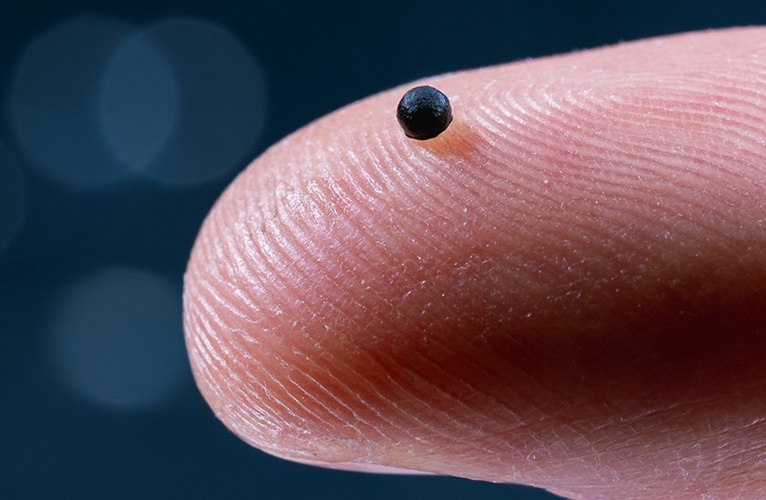
Magnetically Guided Microrobots to Enable Targeted Drug Delivery
Stroke affects 12 million people globally each year, often causing death or lasting disability. Current treatment relies on systemic administration of clot-dissolving drugs, which circulate throughout... Read more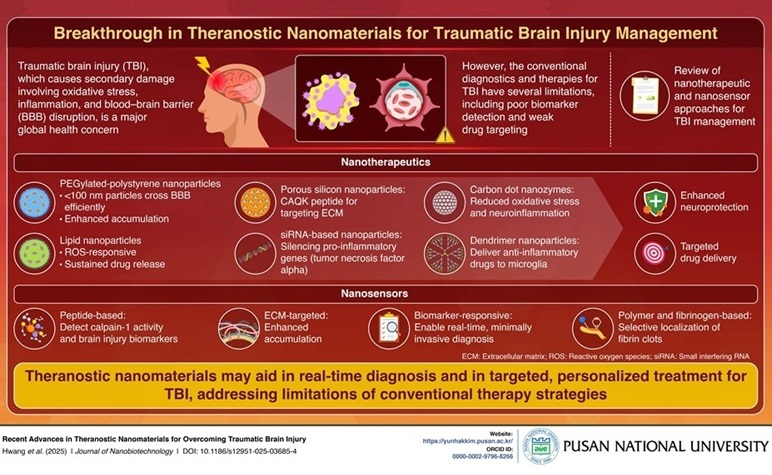
Smart Nanomaterials Detect and Treat Traumatic Brain Injuries Simultaneously
Traumatic brain injury (TBI) continues to leave millions with long-term disabilities every year. After a sudden impact from a fall, collision, or accident, the brain undergoes inflammation, oxidative stress,... Read more
Earlier Blood Transfusion Could Reduce Heart Failure and Arrhythmia in Heart Disease Patients
Blood loss during or after surgery can place significant stress on people with heart disease, increasing the risk of dangerous complications. Transfusions are often delayed until hemoglobin levels fall... Read moreSurgical Techniques
view channel
New Study Findings Could Halve Number of Stent Procedures
When a coronary artery becomes acutely blocked during a heart attack, opening it immediately is essential to prevent irreversible damage. However, many patients also have other narrowed vessels that appear... Read more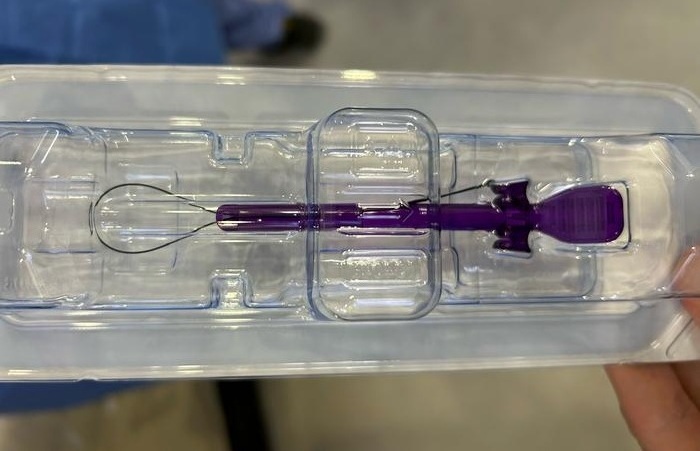
Breakthrough Surgical Device Redefines Hip Arthroscopy
Hip arthroscopy has surged in popularity, yet surgeons still face major mechanical constraints when navigating deep joint spaces through traditional cannulas. Limited tool mobility and the need for an... Read moreHealth IT
view channel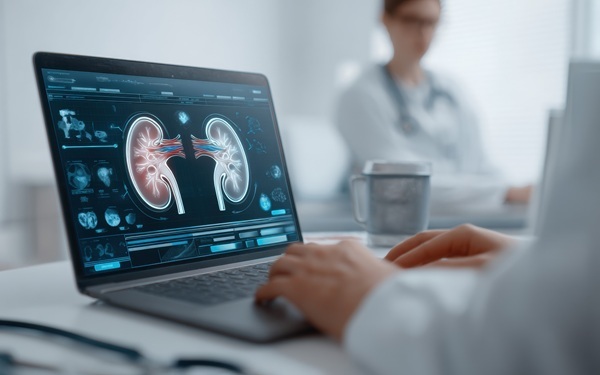
EMR-Based Tool Predicts Graft Failure After Kidney Transplant
Kidney transplantation offers patients with end-stage kidney disease longer survival and better quality of life than dialysis, yet graft failure remains a major challenge. Although a successful transplant... Read more
Printable Molecule-Selective Nanoparticles Enable Mass Production of Wearable Biosensors
The future of medicine is likely to focus on the personalization of healthcare—understanding exactly what an individual requires and delivering the appropriate combination of nutrients, metabolites, and... Read moreBusiness
view channel
Philips and Masimo Partner to Advance Patient Monitoring Measurement Technologies
Royal Philips (Amsterdam, Netherlands) and Masimo (Irvine, California, USA) have renewed their multi-year strategic collaboration, combining Philips’ expertise in patient monitoring with Masimo’s noninvasive... Read more
B. Braun Acquires Digital Microsurgery Company True Digital Surgery
The high-end microsurgery market in neurosurgery, spine, and ENT is undergoing a significant transformation. Traditional analog microscopes are giving way to digital exoscopes, which provide improved visualization,... Read more
CMEF 2025 to Promote Holistic and High-Quality Development of Medical and Health Industry
The 92nd China International Medical Equipment Fair (CMEF 2025) Autumn Exhibition is scheduled to be held from September 26 to 29 at the China Import and Export Fair Complex (Canton Fair Complex) in Guangzhou.... Read more











